Concept drive originally published in Open Road, Summer 1996
As a matter of history, the first Subaru with four-wheel drive was based on the company’s 1300G commercial station wagon, requested in 1971 by the Tohuku Electric Power Company for winter maintenance work. Only 20 were made, but they worked so well civilian models came the following year. Subaru has since become the world’s leading producer of 4-wheel-drive automobiles.
It’s a peculiar happenstance, but the company that all but invented the go-anywhere, do anything, 4-wheel-drive automobile was caught out completely by the skyrocketing popularity of the sport-utility vehicle. Subaru had instead placed it’s marbles on a truly exotic and genuinely world-class all-wheel-drive GT car. The SVX faltered on the market, however, as did Subaru’s other efforts to navigate the automotive mainstream. So for 1996 Subaru return to its roots, emphasizing all-wheel drive and introducing the wildly successful Legacy Outback.
That, folks, is just the beginning. Subaru won’t say when – other than “soon” – but the Japanese builder will make a vehicle more like a sport-utility, though Subaru calls it a new genre: “multi-purpose sports 4wd.” Sounds like SUV to us. Anyway, Subaru produced a concept vehicle called Streega, which made its debut at the ’95 Tokyo Motor Show, and was later shown at Detroit, Philadelphia and Geneva. The Streega won’t go into production. This sole example tests packaging ideas and manufacturing constraints as well as providing Subaru a show vehicle for customer feedback.
The Outback’s body is a Legacy wagon with a raised roof, but the Streega, although based on the Legacy’s floorpan , as a unique body. The Streega has a slightly shorter wheelbase and a taller greenhouse, with front and rear overhang reduced for improved approach and departure angles. The Streega side windows are in inch taller than the Outback’s, the doors 3/4-in. taller, though the Streega’s length – almost a foot shorter – make the difference look greater. A secret of this prototype is that the spare-tire well will accommodate only a flat tire, the donor floorpan sliced off to fit the exterior dimensions. Surprisingly, the Streega is not quite as tall as the Outback.
Cosmetically, the Streega has a unique grill centered between huge, rather vulnerable -looking headlamps. Big taillights each side of the rear liftgate looked like they could be done in by the errant branch as well. A full-length roof rack accentuates the Streega’s vertical dimension, though overall the vehicle has a remarkably conventional (for Subaru) profile.
The hood drops away for an excellent view of the terrain immediately ahead. A driving position that’s slightly higher than that of a car’s provides the “command” feel sport-utilities give without their sometimes vertigo-inducing height. The Streega has seating for five with a 60/40 split rear bench. The front buckets are deeply bolstered and steering wheel is unique; the instrument panel is a stock Subaru part. A gizmo-packed center console boasts a CD player and a CRT screen for a navigation system.
Although the Streega’s fully independent front and rear suspension, already rather rugged pieces, were largely unchanged from the Legacy, bigger wheels and special Yokohama 215/65R-15 tires were fitted to handle on- and off-road tasks. The single-tube gas-charged strruts were inverted, however, with the cartridge end mounted on the chassis. Subaru claims that lateral G forces and cornering are better absorbed by the larger cartridge than the smaller piston rod, allowing the struts to be more rigid, improving suspension performance.
Subaru U.S.A., to gauge American tastes, swap tires and wheels for the U.S. shows, installing taller P205/70R-15 Bridgestone Desert Dueler tires on Cromodora 15 x 7 alloy wheels. With on1–¼-in. spacers atop the strut towers, the Streega rides 1.5-in. higher.
The Streega isn’t just a highriding rebodied Legacy, however. It uses the same full-time full-time 4-wheel-drive system as the Legacy, with a computer-controlled clutch that apportions power front to rear teamed with an electronically controlled automatic 4-speed transmission. The Streega also adds traction control (TCS). Subaru’s TCS uses the ABS wheel sensors and a longitudinal G sensor to detect wheel slip, and then reduces engine output and applies braking at each wheel independently limit traction loss. “Get a grip” is not something you’d have to say today Streega driver.
Not that the engine wouldn’t test the system. For show purposes, the Streega is powered by 2.0-liter dohc flat-four, turbocharged and air-to-water intercooled to 250 horsepower at 6500 rpm. It’s much the same engine used in the production version of the Impreza WRX rally car.
Although we did drive the Streega, serious off-roading was forbidden due in part to the cosmetic changes to the suspension – those spacers are therefore looks, not strength – and in part to the Streega’s impending duties at upcoming auto shows. Our short low-speed drive revealed little but a stiffly tuned suspension. With a fresh World Rally Championship stashed under its belt, however, Subaru’s ability to build off-road vehicles isn’t a question.
Subaru says the Outback is the kind of vehicle you can drive where you might say, “We should go there,” in an ordinary car. The Streega – or whatever its production version is called – promises to be a vehicle that you would drive where and Outback shouldn’t go, yet still have a car-like ride and return fuel-mileage numbers in the 20s. A conventional SUV the Streega isn’t; that, Subaru hopes, is the good news. Subaru was there first, with the 4wd automobile that became the company’s first best idea. But a “multi-purpose sports 4wd” could be Subaru’s best idea yet.
The Subaru Streega would indeed become Subaru’s compact SUV, but instead of that peculiar name, Subaru would call it the Subaru Forester, and it has become of one the Japanese company’s most popular models. Instead of the 2.0-liter horizontally-opposed four from the Streega. the Forester would be powered by a 2.5-liter H-4 from the Subaru Legacy. More would be expected from the Forester. That roof rack would be used for outdoor gear and the Forester would need gumption on the highway and on the backroads Subaru expected owners to take the Forester.
Subaru was late to the compact SUV party, however. Toyota RAV4arrived in the 1994 model year, Subaru was scrambling to join but wouldn’t have its compact crossover SUV ready until the 1998 model year. But with all-wheel drive technology already available in the Legacy, why not just raise the Legacy wagon and put it on the market as a stopgap . The rest of the story is, of course, that the Outback proved so popular that Subaru would make the Outback Sport, an off-road cosmetic redo of the Impreza, and even a short-lived Outback SUS, with the sedan configuration instead of the wagon. The Outback is still on the market today, complementing rather than competing with the Streega–er, Forester.










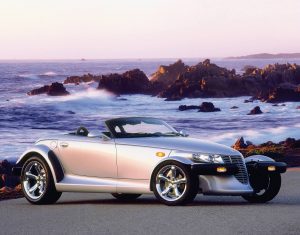
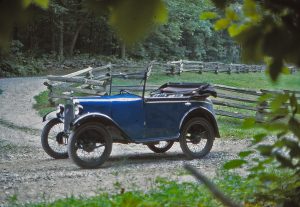
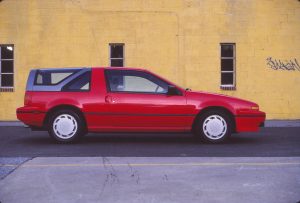
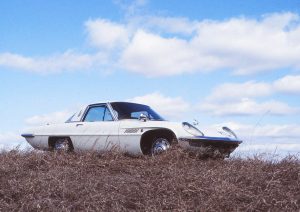

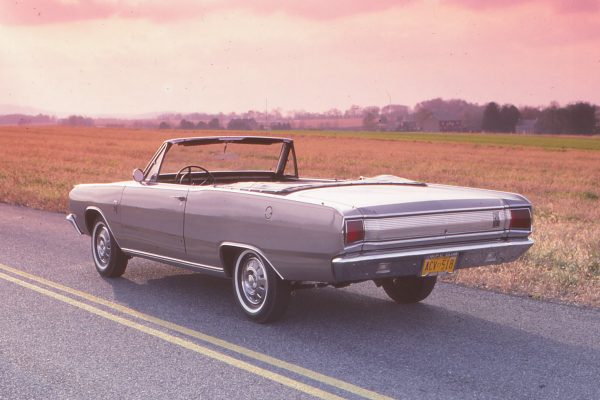
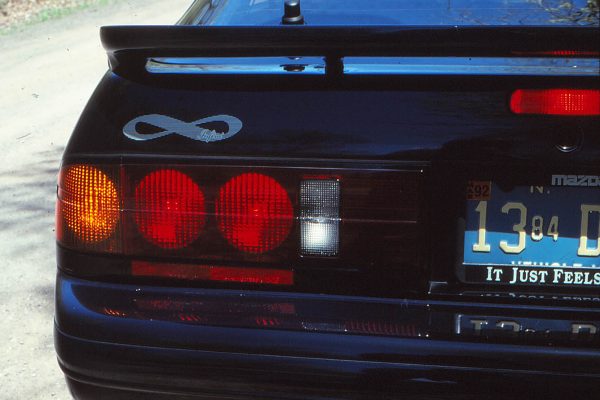
What Do You Think?
You must be logged in to post a comment.